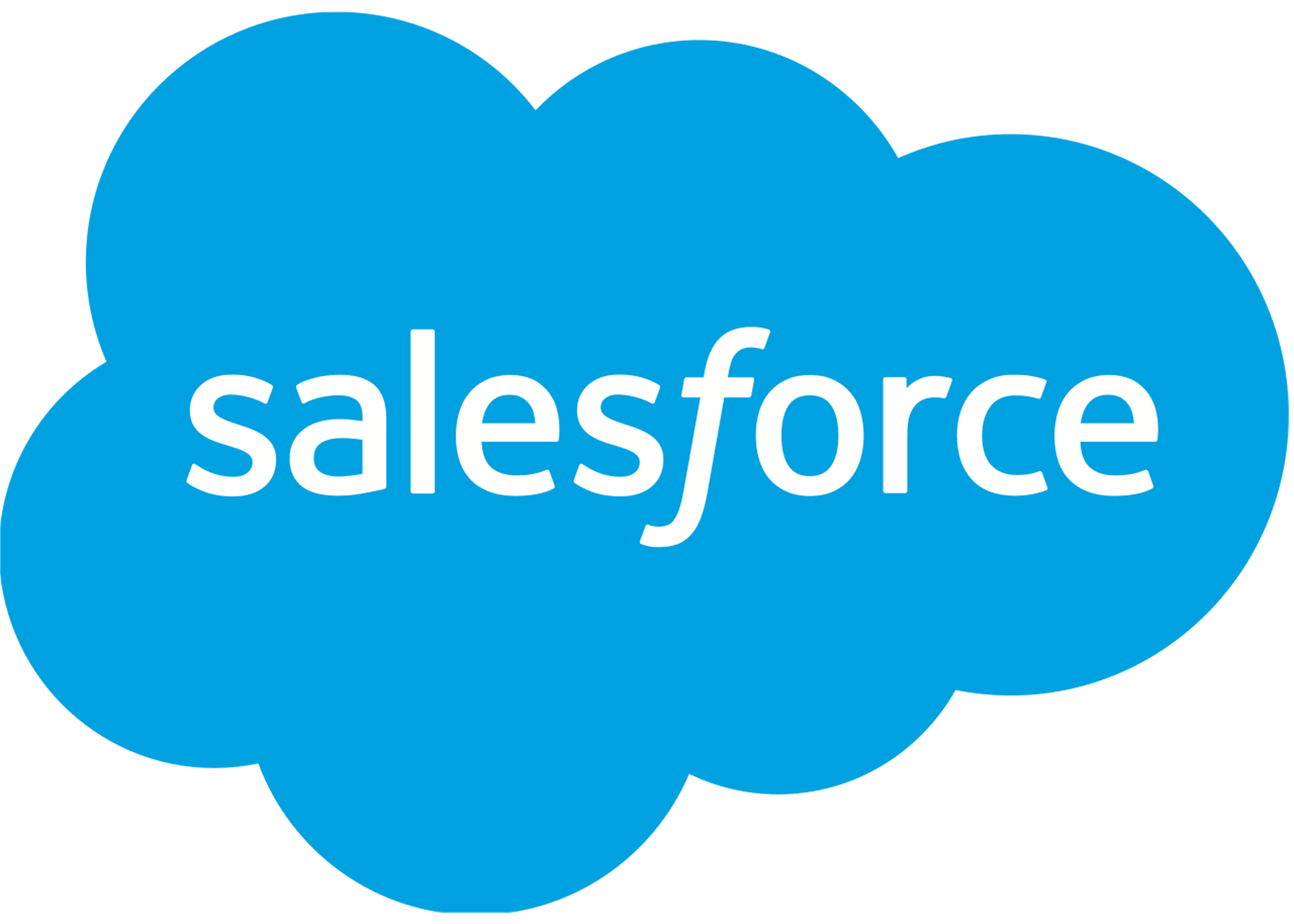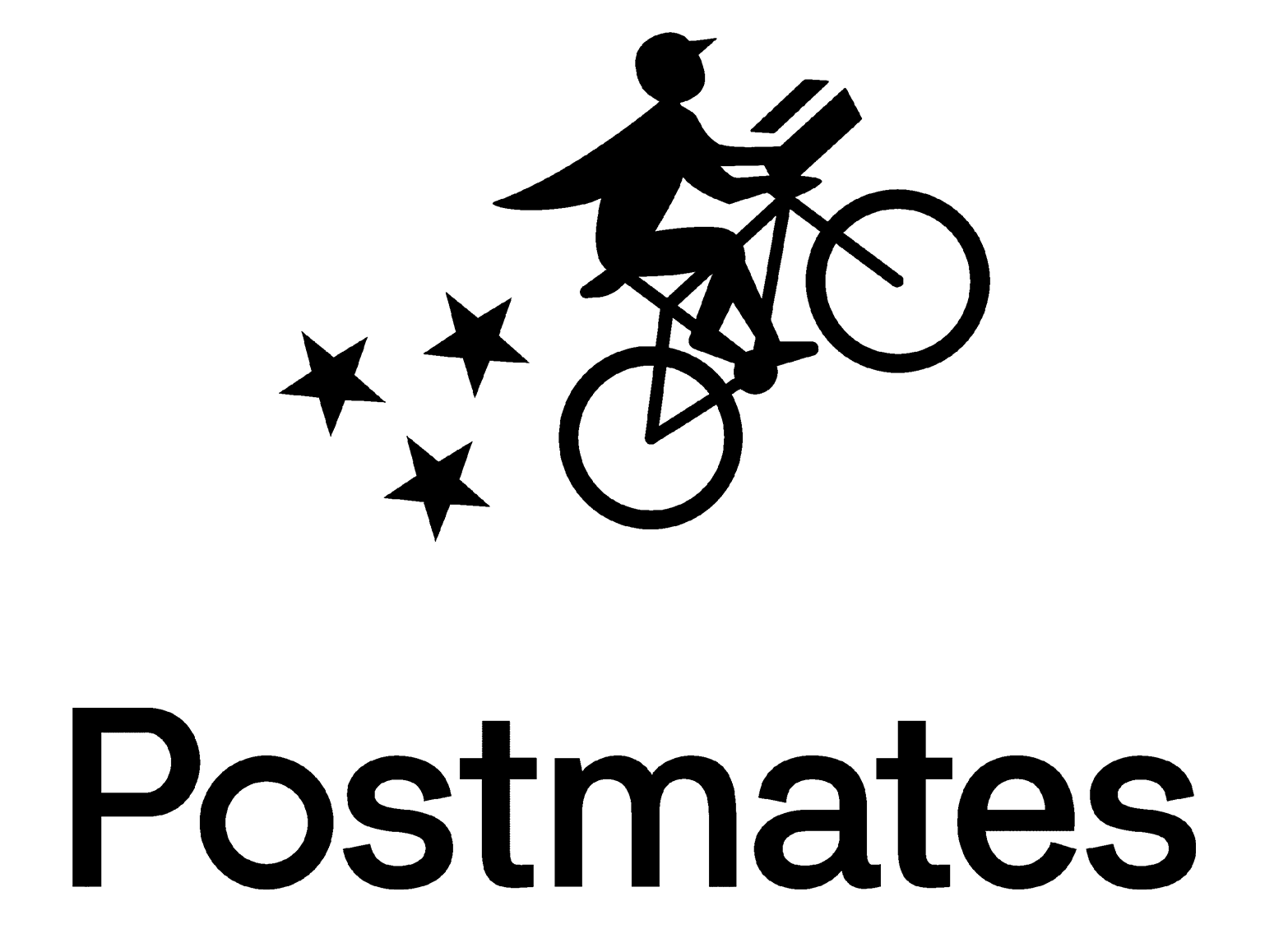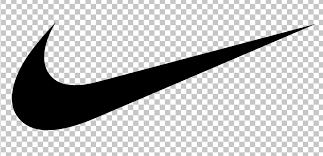
Mission: Our mission is to help our customers transform themselves into "customer companies" by empowering them to connect with their customers, partners, employees and product s in entirely new ways. Our objective is to deliver solutions to help companies transform the way they sell, service, market and innovate.
Vision: We believe that the business of business is to improve the state of the world, and we work to make sure Salesforce is a platform for change through serving the interests of all our stakeholders employees, customers, partners, communities and the environment. We"re working to play a meaningful role in creating a sustainable, low-carbon future by: - Working toward 100 percent renewable energy for our global operations- Continuing to deliver our customers a carbon neutral cloud and operate as a net-zero greenhouse gas emissions company - Pursuing green building certification and other innovative green office initiatives - Leveraging our people, technology and resources to help environmental causes around the world When it comes to protecting our planet and combating climate change, we know that companies have a key role to play. We aspire to never settle for the status quo. At every turn, we look to innovate, taking bold action and paving the way for others to join us.
Customer success: We help our customers achieve extraordinary things so that we can continue growing together, because their success is our success. We strategically expand our business offerings, grow our employee base, increase our impact, and create enormous stakeholder value for our customers, employees, partners, and communities. Inside Salesforce, we motivate and align our people with ongoing opportunities for success, development, and growth.
Equality: Equality starts with us. At Salesforce, we value and respect people of all backgrounds. We believe a diverse and inclusive workplace fosters innovation and creativity, and are committed to building a culture where everyone feels included. While we"ve made progress on some fronts, we know that there is still real work ahead but together, we can drive meaningful change and create a more equal workplace and world for all.
Innovation: Thinking differently is in our DNA. We deliver 3 innovative releases each year, and by having the latest technology, our customers are able to innovate like never before. We challenge the status quo, work outside of our comfort zones, and fearlessly pursue initiatives that have the potential to influence the way the world does business.
Trust: Nothing is more important than the trusted relationship we have with our customers, employees, and everyone in our Ohana. We earn the trust of our stakeholders through transparency, security, compliance, privacy, and performance. We are trusted advisors, and we deliver the most trusted infrastructure in the industry.
How would you build a classifier to predict the outcome of NFL games in real time.
Explain decision trees and random forests
Explain SQL group by, nested select and window functions
Assumptions and violations of K-means clustering
How would you decide on a feature selection for Document classification
How would you construct a basic recommendation system?
Given a data set calculate attrition and churn
Tell me about a time you leveraged data science techniques to add value.
What is the computational complexity of finding the most frequent word in a document?
Stage 1: Initial phone screen by HR.
Stage 2: Up to 4 phone interviews with technical recruiters and data scientists.
Stage 3: A take home assignment where the candidate is asked to analyze a data set
Stage 4: An onsite interview which includes a coding session, an interview focused on probability/statistics, two interviews focused on machine learning, and a presentation where the candidate presents their work on the take home assignment.








Pathrise is a career accelerator that helps people land their dream jobs. We regularly place our fellows at top companies like Apple, Amazon, and Meta. Our mentors have experience at companies like Apple, giving fellows the inside scoop on interview and company culture in 1-on-1 sessions.
We can’t guarantee you a job at a specific company like Apple. But we do guarantee you a great job–if you don’t accept an offer in 1 year, you pay nothing. Our income share agreement means you only pay with a percentage of your income at your new role.
Mentors work with fellows at every stage in search, helping them build the skills necessary to be the best candidate possible. Fellows in Pathrise usually see a 2-4x increase in application response rates, 1.5-3x increase in interview scores, and 10-20% increase in salary through negotiation.